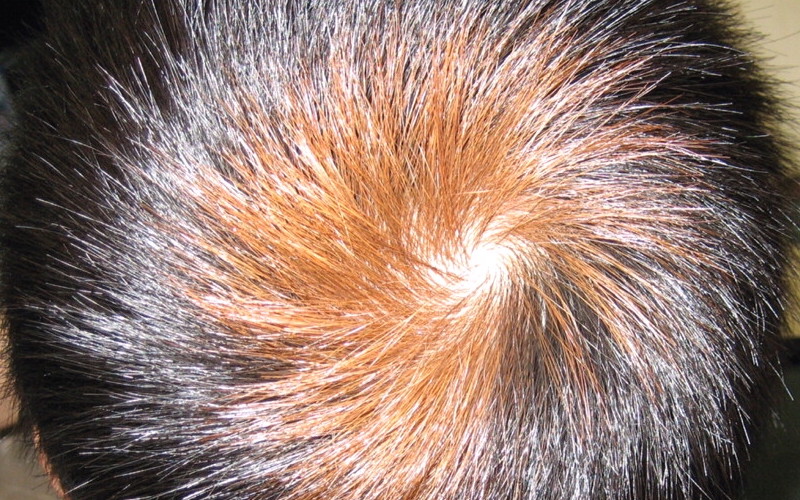
Unusual Conditions: Heterochromia Hair
23rd April 2021
What is heterochromia hair?
Heterochromia hair is a rare condition that is characterized by the presence of two distinct colours of hair in the same person, which normally presents on the scalp (i.e., the skin covering the head, excluding the face).
Typically, those affected will find colours such as brown, blonde and red hair appear in the background of dark coloured hair.
Is heterochromia limited to hair?
No, the term is actually most often used to describe colour differences of the iris – the coloured tissue at the front of the eye that contains the pupil in the centre – but it can also be applied to colour variation of both the hair and skin.
What causes heterochromia?
The condition is determined by the production, delivery and concentration of melanin – a dark brown to black pigment occurring in the hair, skin and iris of the eye in people and animals. Melanin is responsible for the tanning of skin exposed to sunlight.
Heterochromia may be inherited or caused by genetic mosaicism (when a person has two or more genetically different sets of cells in their body), chimerism (the presence of two or more different sets of DNA), disease or injury.
Is it only people that can have heterochromia?
No, it occurs in humans and certain breeds of domesticated animals, for example in cats.
How does heterochromia hair present in people?
The distribution of heterochromatic hair is typically characterised as symmetric or asymmetric.
In addition to being symmetric or asymmetric in location, heterochromatic hair can also be segmented or occur in tufts. Segmented heterochromia of the scalp hair, which is associated with iron deficiency anaemia, is characterized by alternating dark and light segments on each hair.
Heterochromia of the hair that presents in tufts can also occur in specific pigmentary conditions, such as a tuft of dark coarse hair in a melanocytic nevus (i.e., pigmented moles).
Why does heterochromia hair present differently?
When the distribution of the different-coloured hair is symmetric (e.g., lighter hair on the underarms, a red moustache on a person with otherwise brown hair), heterochromia of the hair is often physiologic. However, when heterochromia is asymmetrically distributed, it reflects a pigmentation disorder, which may have a genetic basis.
If you would like to talk to us about hair loss, please feel free to book a consultation.


